Starting as a nurse or nursing student, giving handoff reports can feel intimidating. The SBAR method provides a clear framework for concise and effective reports, ensuring patient safety and continuity of care.
Want to take the stress out of patient handoffs and ensure nothing falls through the cracks? Download the NurseBrain app! Our HIPAA compliant tool helps you generate and share SBAR reports effortlessly, keeping everyone on your team informed and your patients safe.
SBAR stands for:
S – Situation:
- Patient Identification: Start by stating the patient’s name, age, code status, room number, and status (e.g., newly admitted, transferred).
- Presenting Concern: Briefly explain the chief complaint or primary reason for hospitalization.
- Length of Stay & Diagnosis: Note the duration of the hospital stay and the current diagnosis.
- Care Team: Identify the attending physician, consultants, and therapists involved in the patient’s care.
- Safety Measures: Specify any isolation precautions (e.g., airborne, contact), alerts (e.g., fall risk, NPO), and limitations (e.g., no BP/IV on specific site).
- Support System: Mention the presence and involvement of family or other support persons.
- Additional Details: Include any other pertinent information relevant to the patient’s current situation.
B – Background:
- Medical History: Briefly outline relevant past medical diagnoses, particularly those impacting the current hospital stay.
- Procedures: Mention any significant past medical or surgical procedures.
- Imaging Results: Summarize findings from recent diagnostic imaging (e.g., X-ray, CT scan).
- Medications: List current medications, including PRN medications, and their purposes.
- Additional Background: Provide any other relevant background information that may impact care.
A – Assessment:
- Head-to-Toe Review: Systematically assess each body system, noting any abnormalities and interventions. This includes neurological status, respiratory function, cardiovascular status (including rhythm), gastrointestinal function (diet, bowel movements), genitourinary function, musculoskeletal condition, and skin integrity.
- Vitals & Measurements: Report current vital signs, pain level, weight, and height.
- Changes & Diagnostics: Highlight any observed changes in the patient’s condition and mention recent diagnostic test results.
- Lines, Drains & Devices: Describe any lines (e.g., IVs), drains, tubes, or pumps attached to the patient.
- Input & Output: Quantify fluid intake and output, as well as any dietary intake.
R – Recommendation:
- Consultations: Identify any necessary consultations with specialists.
- Immediate Needs: Specify any immediate care or monitoring required.
- Upcoming Plans: Mention scheduled tests, procedures, or anticipated changes in the treatment plan.
- Handoff Concerns: Share any specific questions, concerns, or points requiring attention for the next caregiver.


